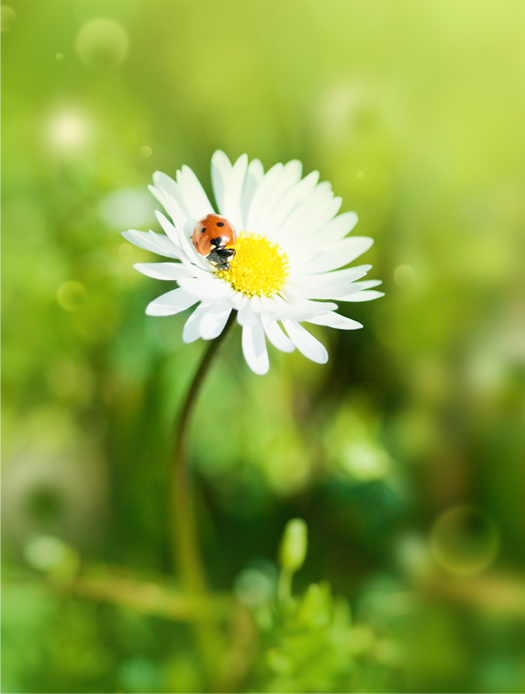Five good reasons to use stock photography in promotional design
Today, stock photography is very big business and a very popular option for many designers. However, like many elements of design, there's a number of pitfalls to avoid and simple rules to consider.
So, what are the pros for using stock photography – or stock shots, as they are known as?
Convenience You don't need to move off your seat - you can search, select, pay and download from your tablet or computer. You may need to pop downstairs to grab your payment card, but that's about it.
It's not hard to find a selection of good quality image from these sites:
That’s just three of the more popular sites you may well have come across already.
Price While it’s not as cheap as it was a few years ago, sourcing from stock photography libraries can prove a very cost-effective way of securing appropriate images. It can take a fraction of the cost and time in arranging to take the shots yourself, or hiring in a photographer, model and dressing the shot with products and props.
Some charge according to photo useage, for example: where it will be shown (known as territory); how it will be used; and how many times it will be used. Others charge per pack of images (up to 5 images for £80 could be one approach). And some charge per image and by the quality of its resolution.
So what seems straightforward can be a little confusing at first. Not quite as bad as using TripAdvisor for planning a weekend away, but perplexing nonetheless.
Choice Type in your search terms in that box and ... wow! You are presented with a huge number of images to choose from. Whether it's a particular age of person, a textured close up or landscape, the chances are something relevant can be found within a few minutes on a stock photography website. If you're in Shropshire looking for an American diner image, or Brazilian rainforest, these sites can help with both your time, wallet and carbon footprint.
Quality Maybe not so true a few years ago, but many stock photography sites have realised it's all about the 3 Cs - content, content, content. Today, they have stricter requirements for quality - and not just resolution. Many will check images for lighting and colours. They have come to understand that quality = more downloads = more revenue.
Creativity More and more now, we are expected to try to stand out in the crowd. Stock photography providers know this. Want an image of something from an unusual angle, with a sense of humour, a little bit kooky? There’s a good chance you will find something close to what you have in your mind. It might not be exactly the same, but it should be close.
And that’s another positive thing – if you are looking for inspiration, and fresh ideas, a stock photography site is a good place to look. Even if you don’t use one of their images in the end.
So how much will stock photography cost?
Good question. Without a brief from a client, and a little time to search, it’s difficult to give an answer. But here’s my rule of thumb for stock photography shots:
- Regular images (Essential from istock), from £20 + VAT each
- Premium stock images (Signature from istock) from £50 + VAT each
- Stock video clips, from £200 + VAT
- Stock audio clips, from £20 + VAT

Examples of an Essentials stock photo - istock

Example of a Signature stock photo - istock